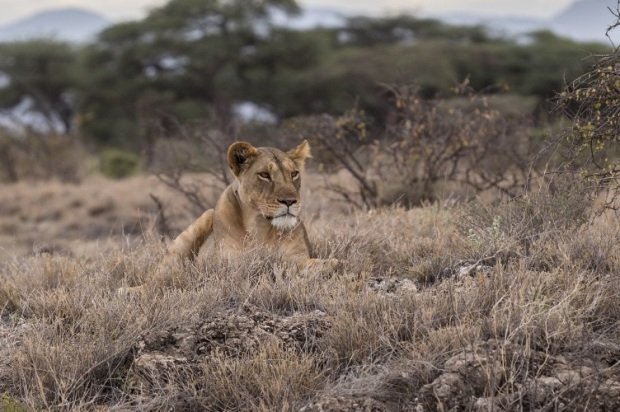A report published in the Conservation Biology magazine cites several incidents gathered from all over the world in the past years, where technologies introduced to simplify the work of animal protection groups and state authorities have been hijacked or turned against the animals they were meant to protect.
In most of these incidents, at the receiving end of these reports are poachers, who were caught using these new toolsets to reduce the amount of work and time they spend hunting down and killing endangered species.
Poachers hacked GPS trackers in India
The most technically advanced of these incidents occurred in India, in 2013, when poachers hacked GPS collars fitted on India’s Bengalese tiger population.
The hacking attempts failed because Indian authorities used encryption to secure GPS coordinates and sent the data to a private email inbox, to which attackers couldn’t get access. Nonetheless, the incident raised alarm bells at various national parks and animal protection groups around the world.
Radio receivers can be used as animal radars
The same cannot be said for other tracking systems, most of which function via VHF radio waves. All poachers have to do is buy an off-the-shelf radio receiver, which they have to tune in on a dedicated frequency, and use the receiver as a radar until they pinpoint a tagged animal.
This happens because the radio tracking device emits a constant stream of radio signals that poachers can track, with the signal going stronger as they near the animal. The hardest part is to discover the frequency of each device.
Canadian authorities have already instated public bans on VHF radio receivers in several national parks. As poaching is less of a problem in Canada, compared to other countries, the ban was set to deter wildlife photographers from tracking down and harassing the local tagged wildlife.
In some cases, the tagging isn’t even done by state officials. In Africa, many safari operators deploy their own trackers. This is because most companies must provide huge discounts to tourists if they don’t encounter any wildlife.
Since this data isn’t controlled by state or park officials, tracking information could easily find its way into the hands of a poacher.
Social media images used to track animal groups
Furthermore, poachers have also taken to social media and other nature communities, from where they download wildlife imagery.
Using special software, poachers extract GPS metadata from images and use this information to get an idea of an animal group’s regular hunting grounds.
And if everything else fails, poachers could also install smartphone apps that track animal sightings on safaris. Yes, there’s an app for that too.
Data misused by authorities as well
But data from government-sponsored animal tracking projects wasn’t abused only by poachers, as the research team discovered.
For example, Australian authorities used data gathered by another agency to cull the local white shark population. Authorities first tagged white sharks with acoustic tags to track their movements near Australia’s beaches, then they turned around and used the same data to coordinate organized cullings.
The same thing happened in the US, where groups of angler fishers petitioned the government to release geo-tracking data on species of northern pike.
Anglers argued that because the project was government funded, the data needed to be publicly available. Their requests were ignored after government officials realized they only wanted to boost their catch rates, and making the data publicly available would have put the local pike population in danger. When this fell, just like in Africa, anglers restored to tagging the fish themselves, often interfering with government studies.
These are only a few of the cases where modern technology has put the planet’s fauna at greater risk, even if initial intentions have been to protect it.

Working as a cyber security solutions architect, Alisa focuses on application and network security. Before joining us she held a cyber security researcher positions within a variety of cyber security start-ups. She also experience in different industry domains like finance, healthcare and consumer products.












